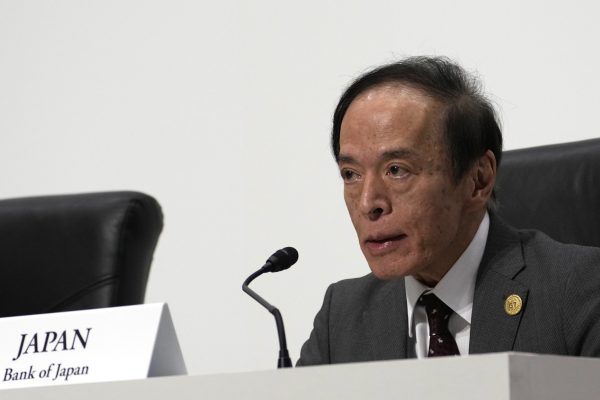In a closely watched policy move, the Bank of Japan (BOJ) announced that it will keep interest rates steady while simultaneously cutting its economic growth forecast. This decision highlights the central bank’s cautious approach as Japan grapples with a fragile recovery, persistent inflation pressures, and an uncertain global outlook.
While markets had speculated about possible policy tightening, the BOJ’s stance suggests that patience remains its top strategy—at least for now.
🏦 BOJ Keeps Rates Unchanged to Support Recovery
At its latest policy meeting, the BOJ left its benchmark interest rate unchanged, holding it in a narrow positive range. This follows the central bank’s historic shift in March, when it ended eight years of negative rates for the first time since 2016.
However, rather than moving further toward rate hikes, the BOJ opted to maintain current levels. Officials noted that although inflation remains slightly above target, domestic demand and wage growth have yet to fully stabilize. This wait-and-see approach signals the BOJ’s intention to support the recovery without stifling it prematurely.
📉 Growth Forecasts Trimmed Amid Global and Local Headwinds
At the same time, the BOJ revised its gross domestic product (GDP) forecast downward, citing slower-than-expected exports, weaker industrial production, and subdued consumer sentiment. The new projections estimate Japan’s economy will grow at a slower pace through fiscal 2025, compared to earlier forecasts.
Notably, the BOJ acknowledged that global uncertainties—including China’s slowdown, ongoing supply chain disruptions, and volatile energy markets—continue to weigh heavily on Japan’s outlook. Domestically, inflation has eaten into household purchasing power, further dampening consumption.
💸 Inflation Outlook Remains Mixed
Although Japan has seen inflation rise above the central bank’s long-standing 2% target, the BOJ cautions that the increase is cost-push driven, not demand-led. Energy and food prices remain elevated, but core inflation—excluding these volatile components—remains modest.
As such, BOJ Governor Kazuo Ueda emphasized that the bank will continue to monitor wage growth and corporate pricing behavior before considering further policy normalization.
The message is clear: rate hikes are not off the table, but they won’t happen until inflation is backed by sustainable economic fundamentals.
🌍 Market Reaction: Yen Under Pressure, Stocks Mixed
Following the BOJ announcement, the Japanese yen weakened slightly, as investors interpreted the dovish tone as a sign of prolonged easy monetary policy. Japanese stocks responded with mixed sentiment—exporters gained due to a weaker yen, while financial stocks dipped on diminished rate hike hopes.
Global markets also took note, as Japan remains a key player in global capital flows. The BOJ’s ultra-cautious stance may further diverge from the U.S. Federal Reserve and European Central Bank, which are both navigating different stages of their own monetary cycles.
📌 Final Thoughts: Cautious, Calculated, and Committed
The BOJ’s latest move shows that it is in no rush to tighten policy aggressively, especially while economic uncertainties persist. By keeping rates steady and lowering growth expectations, the central bank is signaling a careful balancing act—supporting recovery without risking runaway inflation or stalling momentum.








